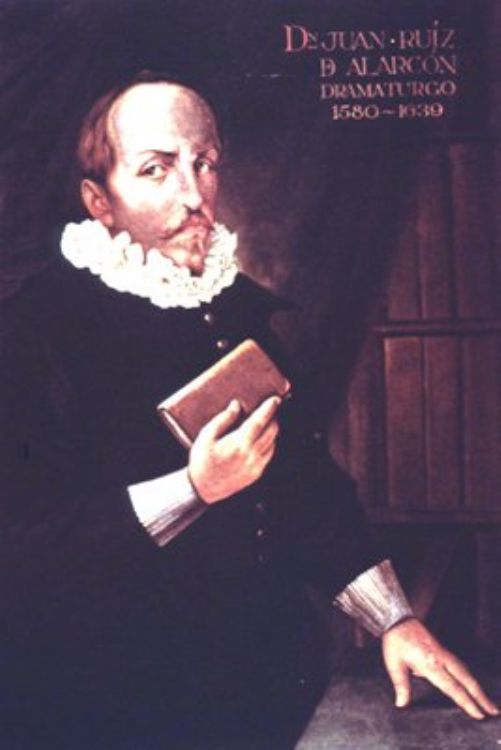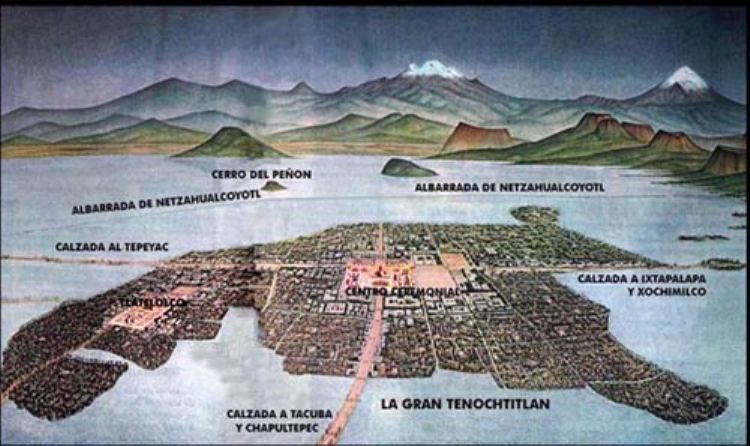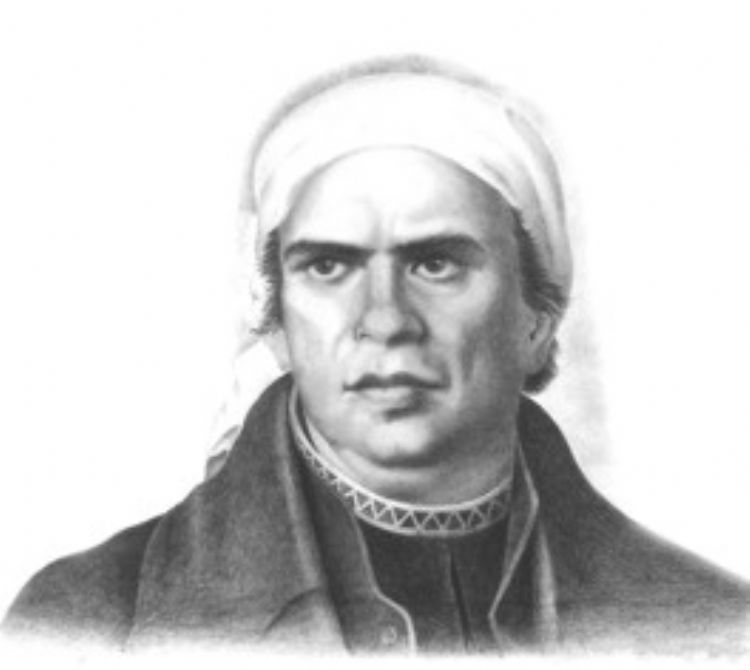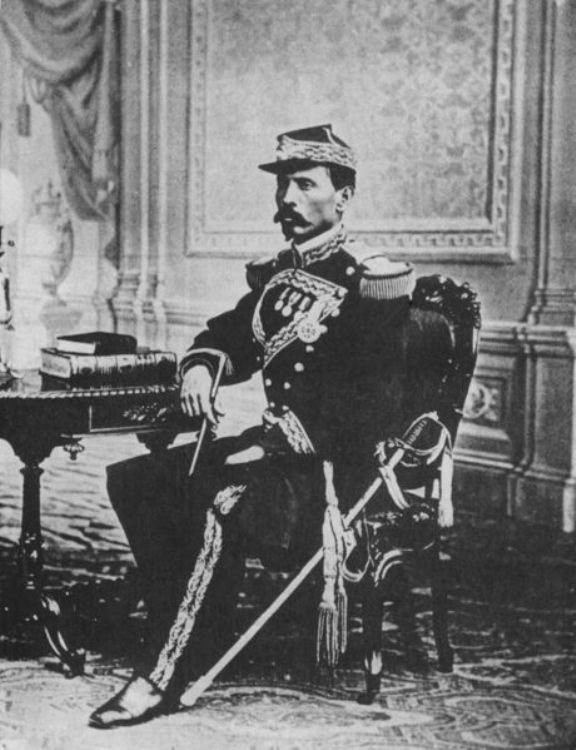Juan Ruiz de Alarcón, Mexican Writer

This Mexican writer and playwright is the greatest figure of Hispano-American baroque theater from the XVI and XVII centuries. It is believed he was born in the city of Taxco, in New Spain. He was the son of Pedro Ruiz de Alarcón, who belonged to the nobility of Cuenca and Leonor de Mendoza, from a powerful Spanish family.
He studied Law at the Real y Pontificia Universidad of Mexico City and at the beginning of the XVII century, when he was 20 years old, studied cannons and laws at the University of Salamanca, in Spain. He worked as a lawyer for two years in Seville and in 1608 returned to Mexico in order to finish studying Law.
In 1614 he returned to live in Madrid, where he worked as writer for the Council of the Indies and was dedicated to his literary production.
He was physically grotesque, with humps on the chest and back, besides being very short, for which he was made fun of by writers of his time like Francisco de Quevedo (who used to call him âCorcovillaâ), Félix Lope de Vega and Pedro Calderón de la Barca. Still, he became one of the greatest playwrights of his time and can be compared to Lope de Vega and Tirso de Molina, but he was the only representative of the professional bourgeoisie.
His education in laws gave the tone of his works by not being too lyrical or mystical. And although he was interested in the magical, his creations are rational, truthful and ordered. The difference between Ruiz de Alarcón and Lope de Vega resides in the concept of honor because his characters are not under the pressure of social morals.
His famous work consists of more than twenty comedies, which he published in two volumes. The first, of eight works, was published in 1628 and the second, with twelve, in 1634. Outstanding among his famous works are: La amistad castigada, Ganar amigos, La cueva de Salamanca, El semejante a sí mismo, La prueba de las promesas, Las paredes oyen, Mudarse por mejorarse, No hay mal que por bien no venga, El examen de maridos and La verdad sospechosa. The latter is the masterpiece of Alarconian Theater.
The works of Juan Ruiz de Alarcón are based on attacking the social traditions and vices of his era, for which he sympathized with the theater of Lope de Vega. The originality of Alarcón was severely criticized by his contemporaries; it is even known that some tried to sabotage the premier of his comedy El anticristo. It is very interesting to see the way he attacks pathological lying or mythomania through his famous La verdad sospechosa and Las paredes oyen
His work has great quality despite being scarce in quantity in comparison to other writers of his era. His inventiveness had a great influence on and was imitated by the theater of other countries, especially in France.
Artículo Producido por el Equipo Editorial Explorando México.
Copyright Explorando México, Todos los Derechos Reservados.
Foto: Wikipedia.org






